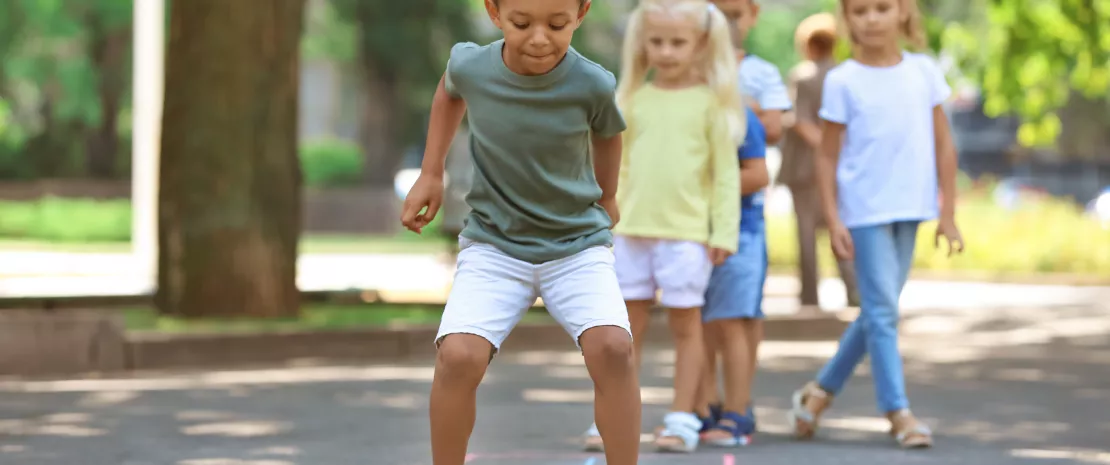Greening of daycare centers and microbiota: flower power!
Reinforced concrete leads to a weakened microbiota. This is the paradox of urban spaces: the nature deficit has caused a surge of autoimmune diseases among our children. Researchers have proposed greening schoolyards to rebalance the microbiota. Not only does it work, but the benefits are long-lasting.
- Learn all about microbiota
- Microbiota and related conditions
- Act on your microbiota
- Publications
- About the Institute
Healthcare professionals section
Find here your dedicated section
Sources
This article is based on scientific information

About this article
Our increasingly urban lifestyles mean that our children have less and less contact with nature in their day-to-day surroundings. This has consequences for the microbiota, with the microbiota of children living in rural areas differing from that of children in urban areas. This could partly explain the higher incidence of autoimmune diseases in city children.
In 2020, a Finnish team showed the positive impact on children’s microbiota over a period of 28 days of increasing biodiversity in daycare centers.
In 2021, the same team unveiled new results. They studied 61 children in six different centers and looked at the effects on their microbiota over two years.
Microbiota: nature always wins
This study of the microbial composition of floor surfaces in daycare centers and of children’s gut, salivary, and skin flora showed that greening these spaces had a positive impact on microbial composition. The children’s gut, oral, and skin microbiota saw long-term shifts towards a new equilibrium involving increases in the relative abundance of beneficial bacteria.
Their microbiota also contained fewer potentially pathogenic microorganisms.
This is important, since we know that a balanced microbiota contributes to the proper functioning of the immune system.
When biodiversity rhymes with immunity
These effects observed after two years are very promising and potentially form the basis of a strategy for optimizing urban spaces. Reintroducing biodiversity into urban environments could help reduce the quantity of pathogenic microorganisms in cities, which may in turn lower the incidence of diseases linked to microbiota imbalances. However, further studies are needed to confirm any real impact on the incidence of immune-related diseases. In the meantime, feel free to let your children roll around in the grass!









